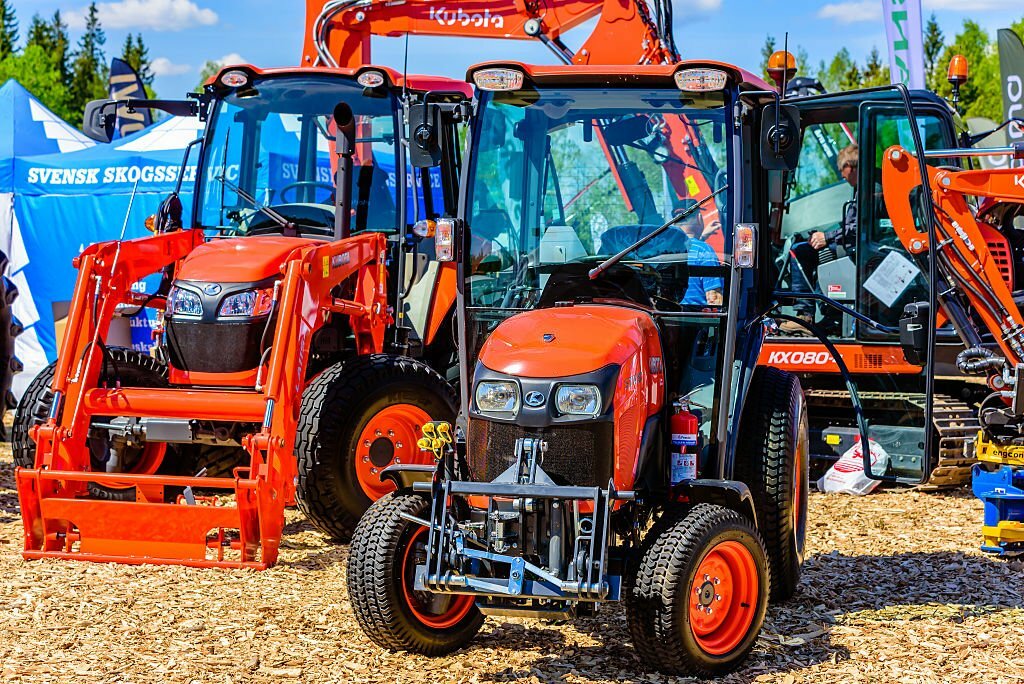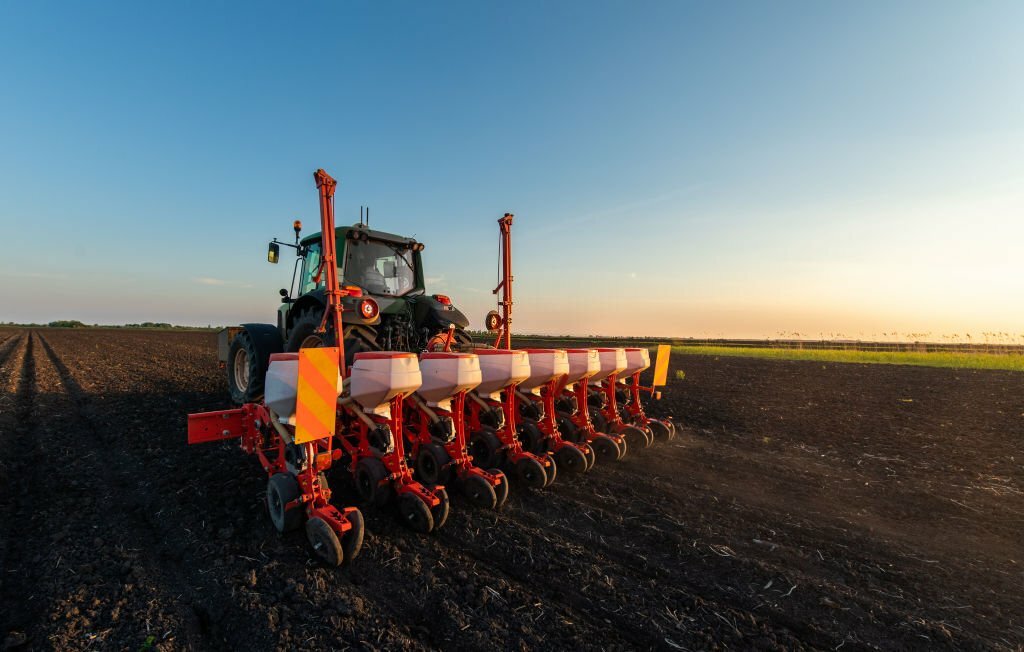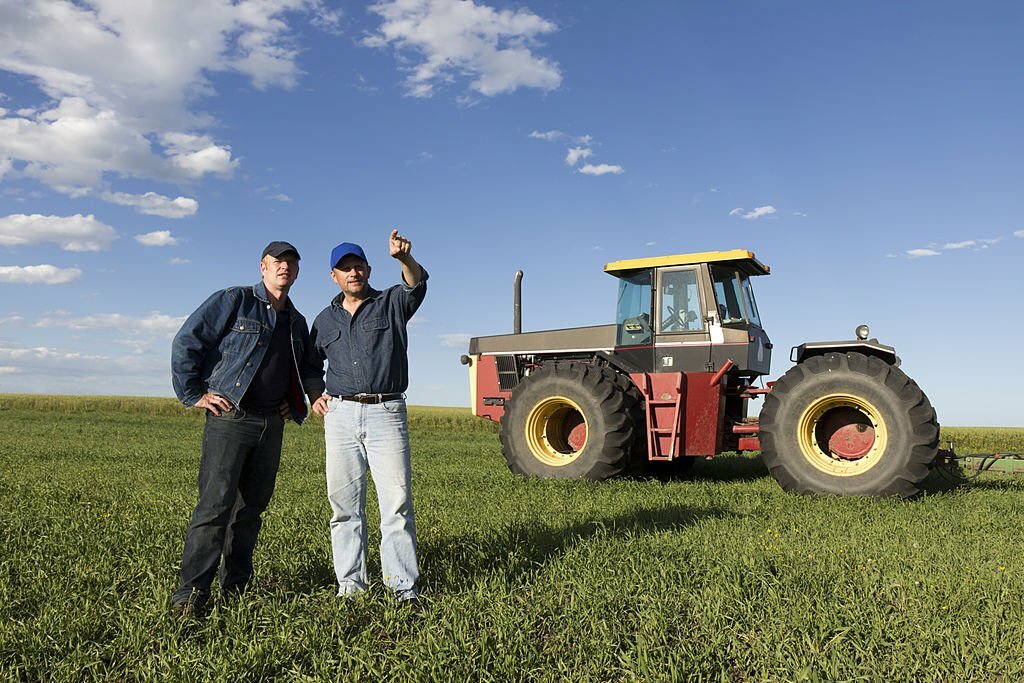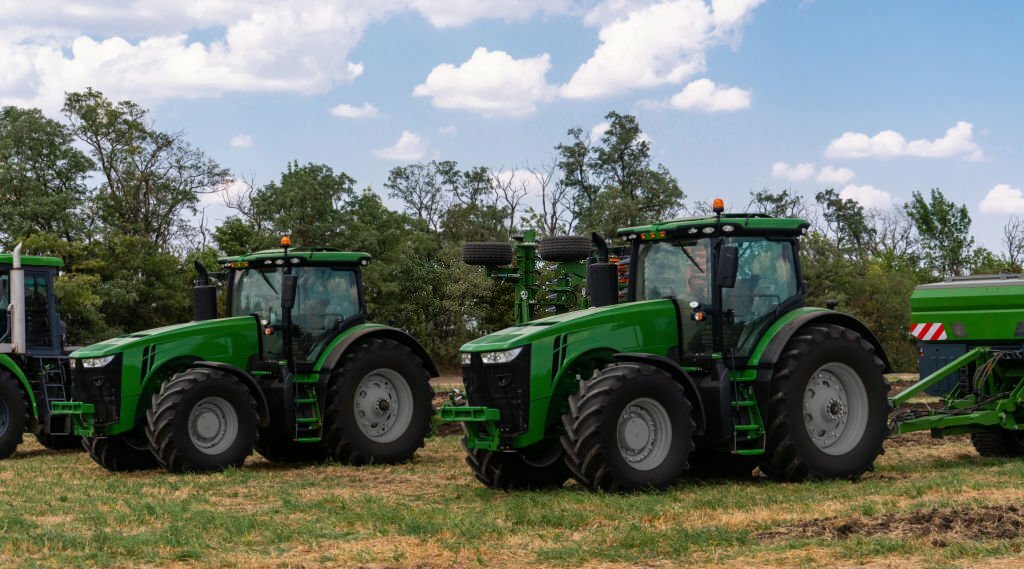In the realm of heavy equipment operations, tractors serve as indispensable workhorses, and their size and capacity can vary significantly to cater to a wide array of tasks. Understanding the different sizes and capacities of tractors is essential for selecting the right machine for the job. From compact tractors, ideal for tasks like gardening and light construction, to utility tractors for agricultural needs, and more substantial row crop, articulated, and track tractors for heavy-duty applications, each type offers a specific set of capabilities. Choosing the appropriate tractor size and capacity is vital for ensuring efficiency and productivity in diverse heavy equipment operations, making it imperative to match the tractor to the task at hand.
1. Compact Tractors

Compact tractors, the smallest in the tractor family, are characterized by their small size and exceptional versatility. These tractors are designed for a variety of applications, making them an essential choice for tasks like landscaping, gardening, and light construction. They excel in situations where maneuvering in confined spaces is required.
Compact tractors typically offer a horsepower range of 15 to 50, which suits their intended applications perfectly. Their compact design allows them to navigate through tight spaces and handle tasks that demand precision. For instance, in landscaping, compact tractors are invaluable for tasks such as grading, trenching, or digging in confined areas.
Moreover, in gardening, they prove to be indispensable for plowing, mowing, and tilling small plots of land. Their ease of use, along with various attachments and implements, makes them an ideal choice for homeowners and small businesses that require a versatile, efficient, and easy-to-maneuver machine. In essence, compact tractors are the go-to solution when it comes to smaller-scale heavy equipment operations.
2. Utility Tractors

Utility tractors, the next tier in the hierarchy of tractor sizes, offer a significant increase in size and power compared to compact tractors. Their horsepower typically falls within the range of 45 to 100, making them robust machines capable of handling a broader spectrum of tasks. They have become a mainstay in agricultural operations, where their versatility is put to good use.
These tractors are well-suited for a variety of essential agricultural tasks, including plowing, mowing, tilling, and towing. Their power and capabilities enable them to pull heavy implements, making them indispensable on farms. Utility tractors can efficiently perform tasks like plowing fields, mowing large areas, or towing equipment and trailers.
Their versatility extends beyond agriculture, and they are often employed in landscaping, construction, and municipal operations as well. With the capacity to handle both light and moderately heavy-duty tasks, utility tractors bridge the gap between compact tractors and more robust agricultural or industrial machinery. They are the workhorses that strike a balance between power and maneuverability.
3. Row Crop Tractors

Row crop tractors are engineered for precision farming, making them crucial components in modern agriculture. What sets them apart is their specialized design, featuring a narrow profile that allows them to easily navigate between rows of crops. Their adaptability to different row widths makes them an essential tool for large-scale farming operations.
In terms of power, row crop tractors are equipped with engines that typically range from 100 to 300 horsepower. This substantial power enables them to effectively handle tasks such as planting, cultivating, and harvesting crops on extensive farmlands.
Furthermore, these tractors are often outfitted with advanced technology like GPS guidance systems and auto-steering, ensuring precise and consistent spacing between rows, which is critical for optimizing crop yields. Row crop tractors are integral to the mechanization of modern agriculture, as they not only enhance productivity but also play a vital role in sustainable farming practices by minimizing waste and resource usage. Their precision and efficiency make them indispensable in large-scale farming operations, where every inch of the field counts.
4. Articulated Tractors

Articulated tractors, often referred to as heavyweights in the world of heavy equipment, are the workhorses that excel in the most demanding applications. These powerful machines find their place in rugged environments such as construction sites and mining operations, where strength, agility, and versatility are paramount.
One of the standout features of articulated tractors is their substantial horsepower, which frequently exceeds 300. This remarkable power ensures that they can effortlessly manage and manipulate heavy loads, making them indispensable for tasks involving substantial earthmoving, excavation, and transportation.
Their unique design, featuring an articulation joint between the front and rear sections, provides exceptional maneuverability, enabling them to navigate tight spaces and challenging terrains with ease. Articulated tractors offer operators precise control and stability, even on uneven ground.
In construction, these tractors are often used for grading, site preparation, and material handling. In mining, they play a crucial role in moving massive quantities of earth and minerals. Articulated tractors are the backbone of heavy-duty applications, where their robust construction, high horsepower, and mobility combine to tackle the most challenging tasks with efficiency and reliability.
5. Track Tractors

Track tractors represent a specialized category of heavy equipment, uniquely equipped with continuous tracks rather than conventional wheels. These tracks endow track tractors with exceptional traction and stability, making them the go-to choice for navigating challenging terrains where traditional wheeled vehicles would falter.
One of the key advantages of track tractors is their exceptional grip on surfaces, which is particularly advantageous in environments such as swamps, marshes, snowy landscapes, or muddy construction sites. Their high flotation capability prevents them from sinking into soft ground, ensuring that they can work efficiently in conditions that would pose a significant challenge to wheeled tractors.
Another notable feature of track tractors is their substantial horsepower ratings, often exceeding 500. This immense power allows them to handle demanding tasks in industries like forestry, agriculture, and construction, where they are used for activities such as land clearing, heavy material transport, and earthmoving.
In summary, track tractors are engineered to excel in extreme terrains, offering both exceptional traction and formidable power, making them indispensable in industries that require robust, reliable performance in the harshest of conditions.
Track tractors represent a unique category of heavy equipment, distinguished by their continuous tracks rather than conventional wheels. These tracks provide exceptional traction, making track tractors the preferred choice for conquering challenging terrains such as swamps, marshes, snowy landscapes, or muddy construction sites. Their high flotation capabilities prevent them from sinking into soft ground, ensuring operational efficiency in conditions where wheeled tractors would falter. In addition to their remarkable traction, track tractors often boast high horsepower ratings, frequently exceeding 500. This substantial power equips them for demanding tasks in industries like forestry, agriculture, and construction, where they excel in land clearing, heavy material transport, and earthmoving. In challenging terrains and demanding applications, track tractors prove to be dependable workhorses.
If you’re eager to explore the diverse sizes and capacities of tractors used in heavy equipment operations, look no further than the Boom and Bucket website. Our platform provides in-depth information on a wide range of tractors, from compact and utility to row crop, articulated, and track tractors. Discover how these machines are tailored for specific tasks and industries, helping you make informed decisions for your heavy equipment needs. Visit the Boom and Bucket website today for a comprehensive understanding of the world of heavy equipment tractors.

